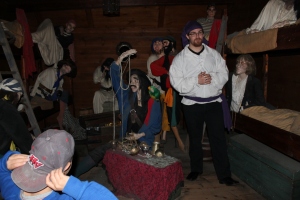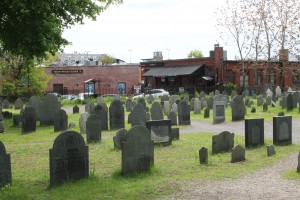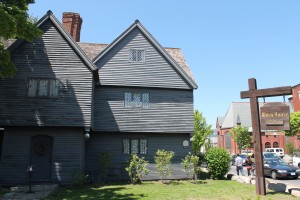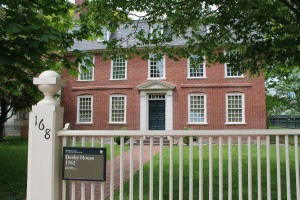Here are some of the superstitions I find silly. If a cow moos after midnight, someone in the immediate family will soon die. Since cows moo all the time I think we can all be glad this one isn’t true. Or maybe it is. Since a cow moos all the time, it’s bound to coincide with a death, right?
If someone places three chairs in a row, someone will die. (really?)
Opening an umbrella in the house means someone will die in six months.
If a young girl sleeps with an apple under her pillow, she will dream about the man she will marry.
If a cat sharpens his claws on a wooden fence there will be a heavy downpour later that day. In fact, there are quite a few involving cats. Perhaps this is so because cats were so often seen as witches’s familiars.
Many superstitions relate to unmarried girls seeing the face of their future husbands or superstitions guaranteeing a happy future marriage. The tradition of “Something old, something new, something borrowed, something blue” is one of these. Not following this prescription is supposed to result in an Unhappy marriage.
Silly or not, there are quite a few old beliefs that we still sorta kinda follow today, as with the above. Another one: it’s bad luck for the groom to see the bride right before the wedding.
Poor man’s fertilizer: A snowfall in April or May means a good harvest. This one is actually true: a late snowfall puts nitrogen into the soil which is good for plants.
Speaking ill of the dead will mean someone close to you dies within the year.
The one who gets the bigger piece of a wishbone will achieve their wish.
A black cat means bad luck.
13 is an unlucky number. Some hotels still do not have a thirteenth floor.
Here’s a big one: Halloween. It may have degenerated into a candy collecting orgy but the costumes and the connection with food have a long history back to times before the Romans.
The groundhog and his shadow. With all the furor around Puxatawney Phil one would think the rodent some form of royalty.
What I find so interesting about these old beliefs is their staying power. My mother used to quote:
“Red sky at night, sailor’s delight
red sky in the morning, sailors take warning”
as a predictor of the next day’s weather. I still think of it when I see a particularly fiery sunset.
True, many of them have become celebrations for children or ones that adults enjoy with tongues firmly planted in cheeks. But I know that there are many conversations about the groundhog and his shadow so there still is some belief.









